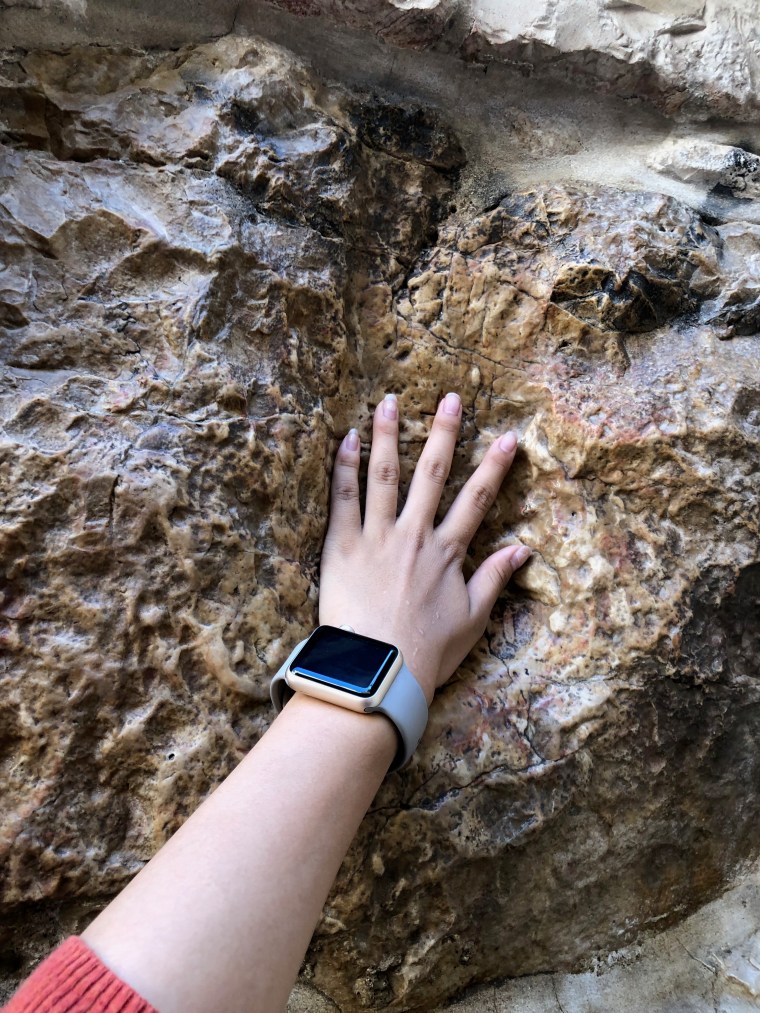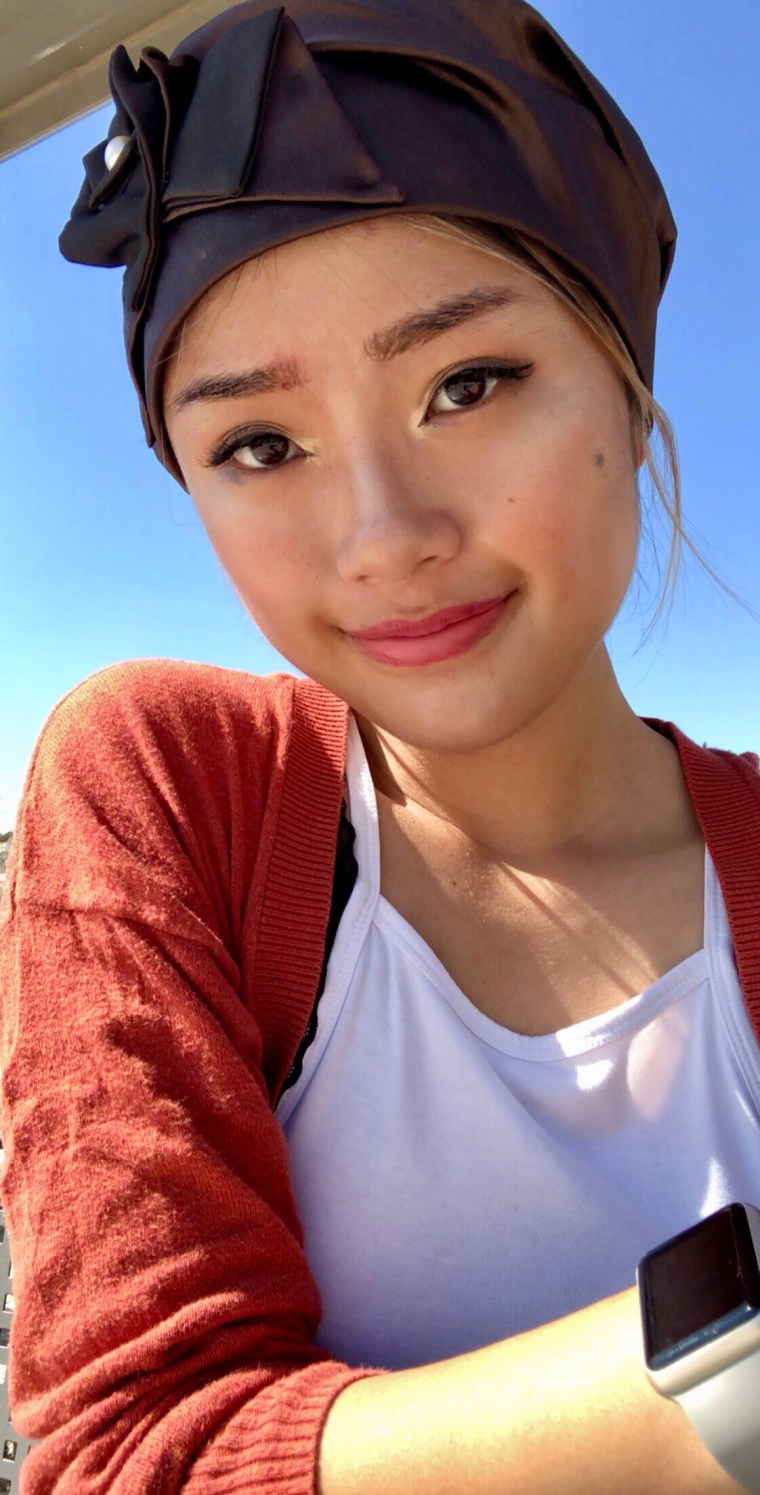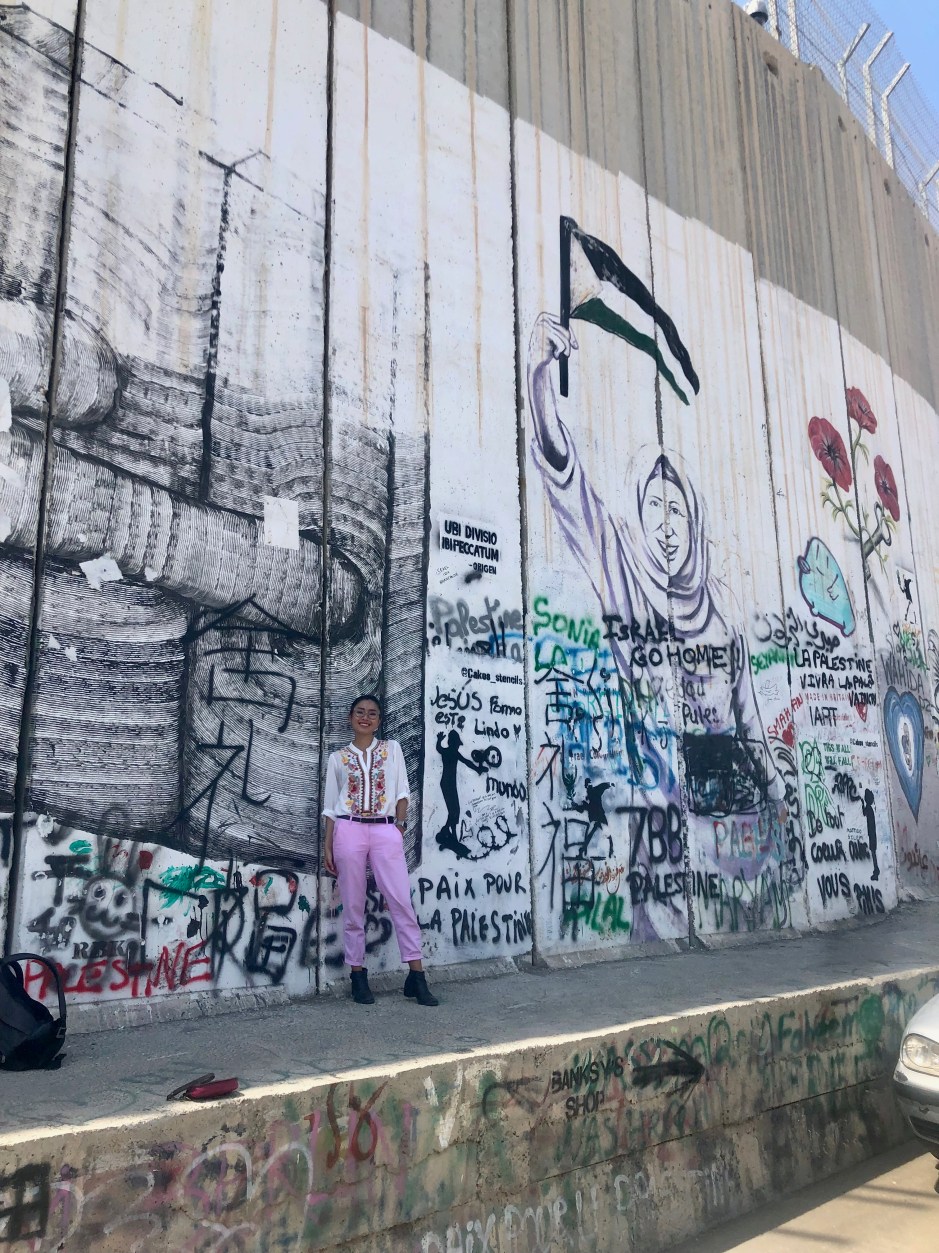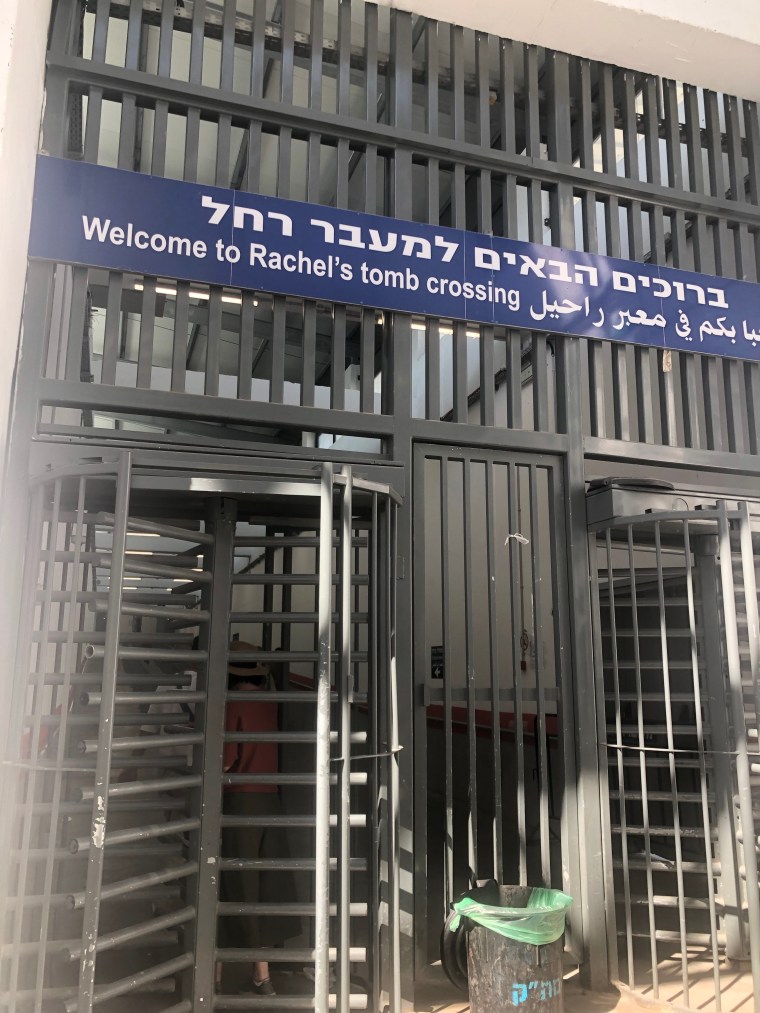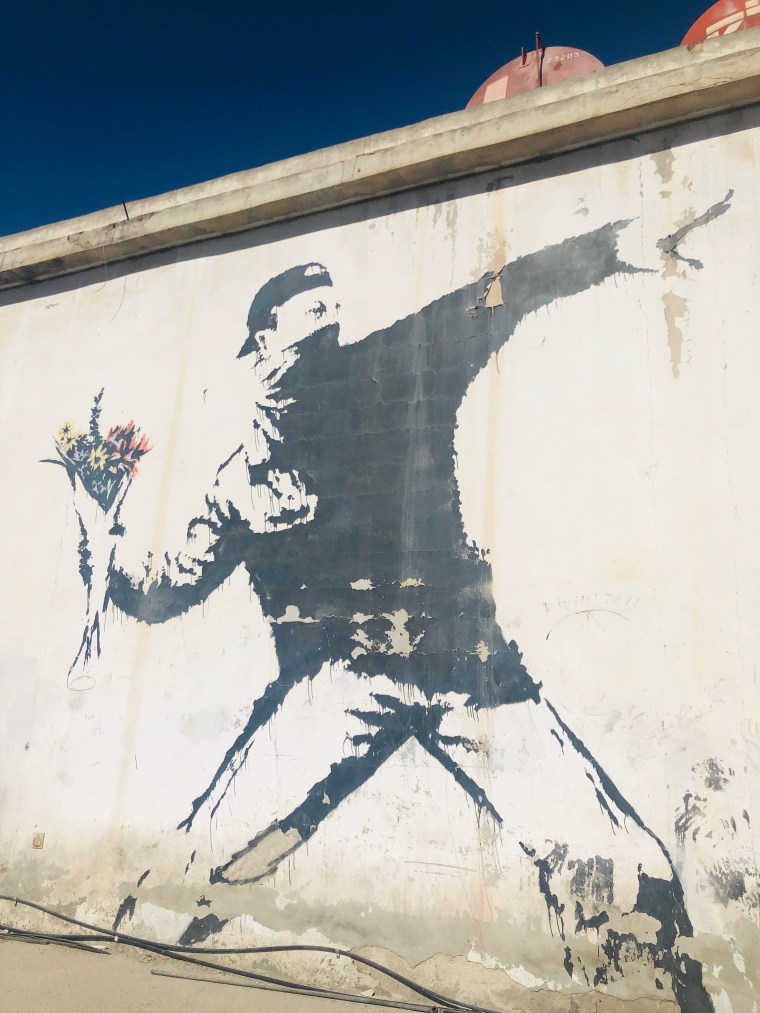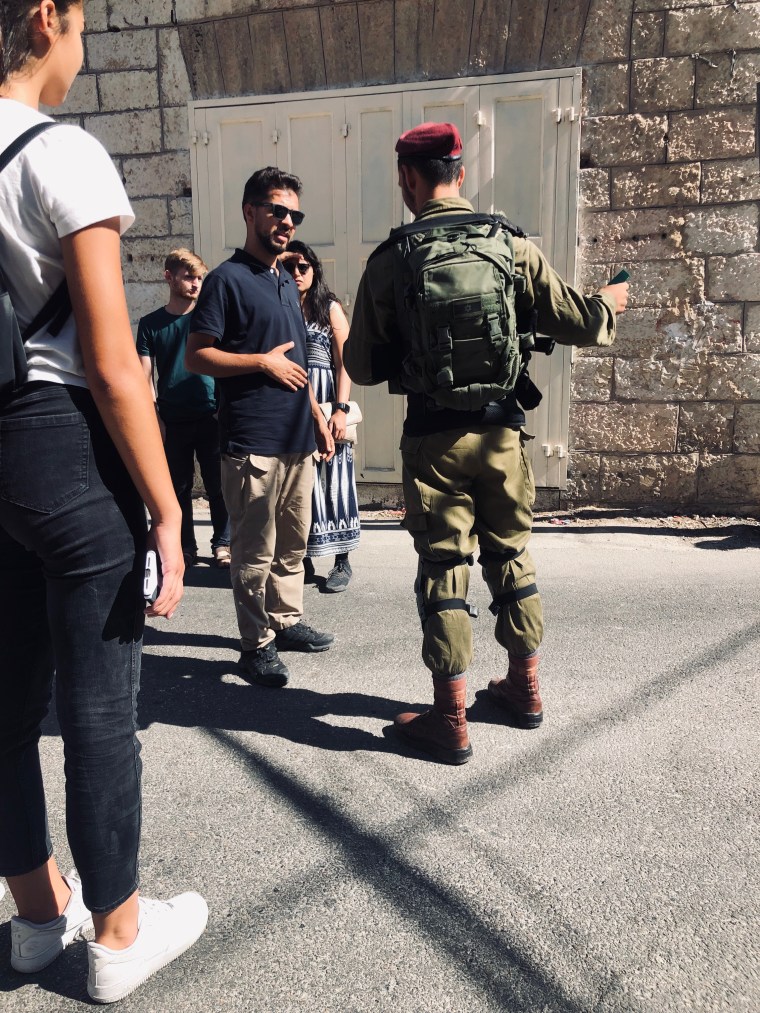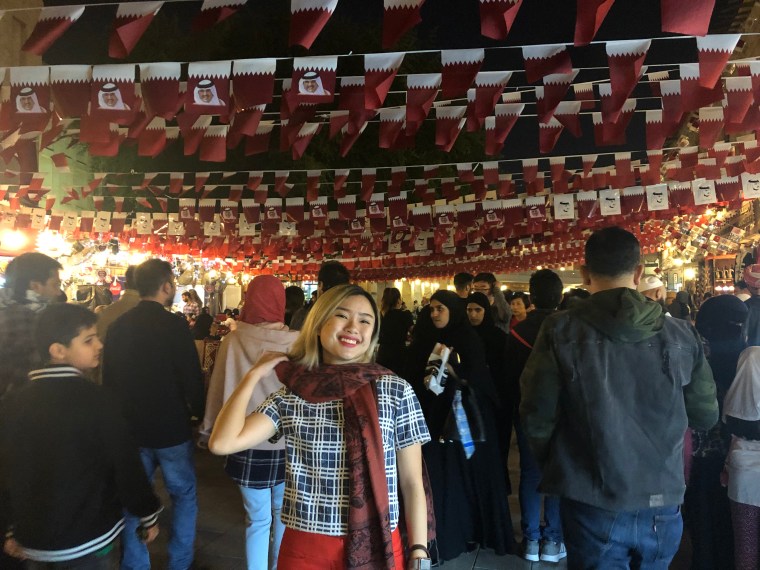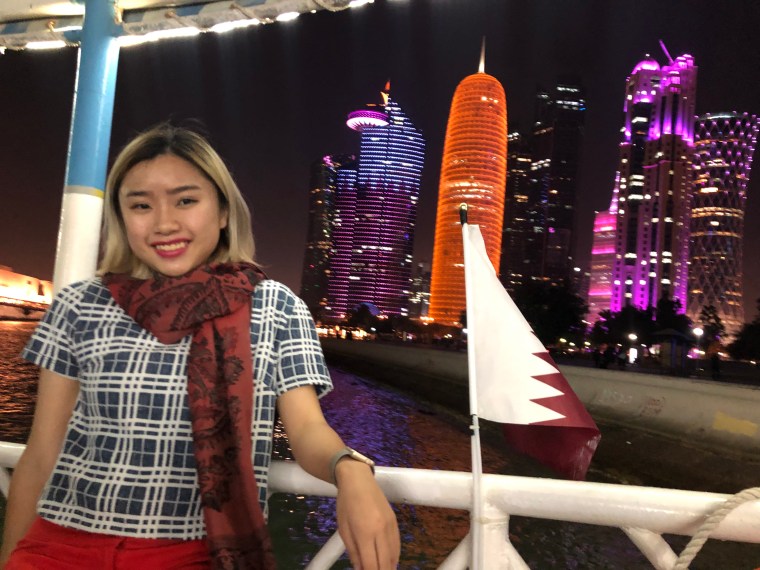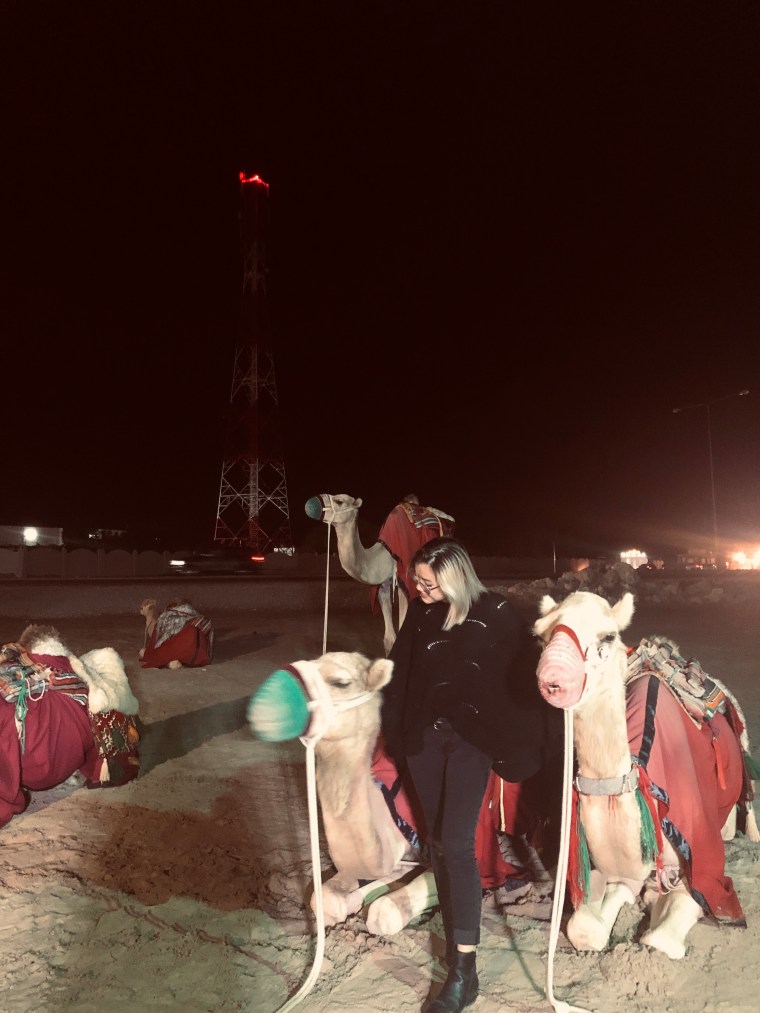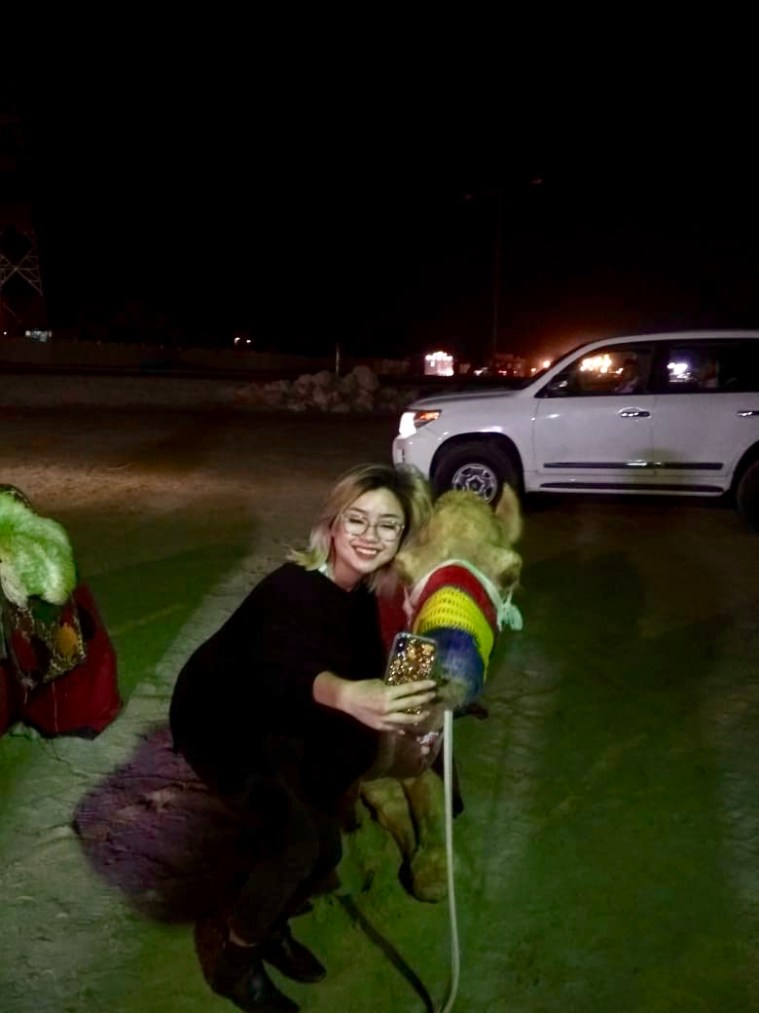I’m really on a roll with these religion-themed blog titles.

The reasoning behind this one, if it weren’t clear (which, to be fair, it’s probably not on the surface) is because this was my last day in Israel-Palestine, and I visited the Mount of Olives — the location where some faith traditions believe the end of the world will occur.

Another layer of meaning you could derive, if you so choose to, is that I also visited the Garden of Gethsemane, the place where Jesus stopped and prayed before the end of his life. It was also a Friday, the end of the working week and the beginning of the Jewish Sabbath, Shabbat.
After my big tour the previous day, I felt like I had pretty much seen everything within Old City that I wanted to see, so I decided to walk a little beyond the bounds of Jerusalem city center. After consulting the Internet for ideas of things to do in Jerusalem for free on Shabbat, I decided on the Garden of Gethsemane and the Mount of Olives.
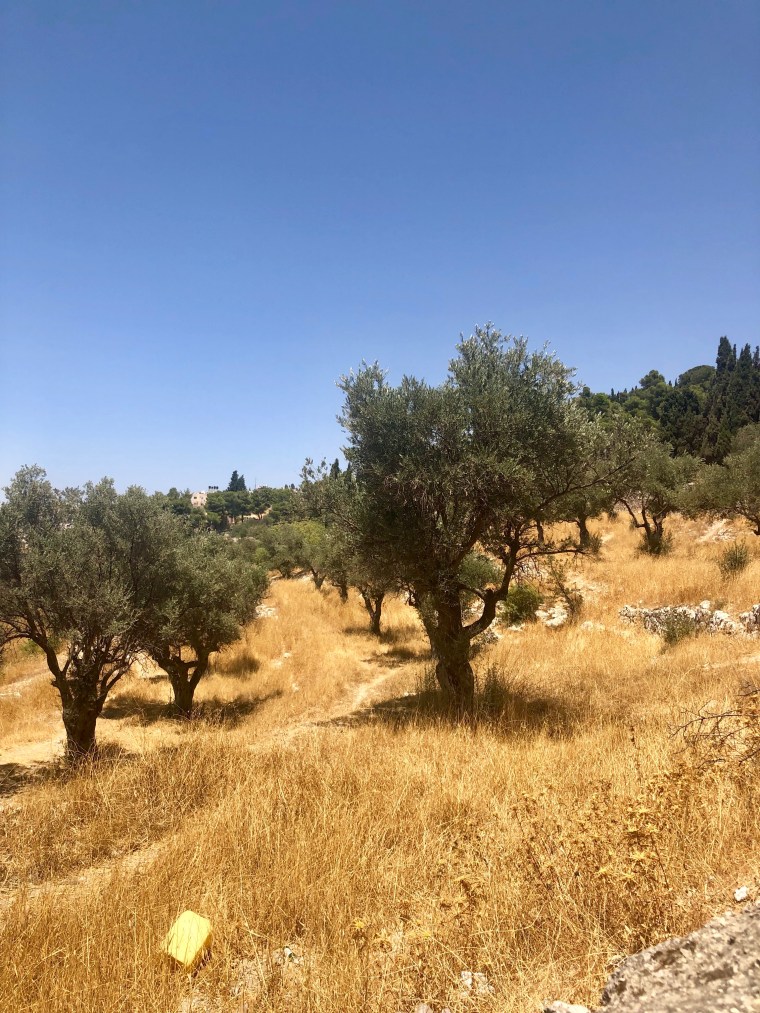
And I wasn’t disappointed. I don’t know if I’d say either of them were my favorite sites from the whole trip (to be honest, I don’t know if I could choose just one) but they were a perfect way to get away from the insanity that is Jerusalem. Jerusalem wasn’t Rome insane, but, like Rome, it’s an ancient city that modern people live in — as a result, the limitations of architecture that was only built to accommodate donkeys and foot traffic is constantly coming into conflict with the demands of 21st century life. I can’t tell you how many times I was almost run over by a scooter trying to drive through the narrow, winding streets of Old City.

Gethsemane wasn’t much to look at as a garden — sure, it was lovely, but it’s no grand botanical conservatory, like what Copenhagen has. It’s simple and small — you can walk the perimeter in about two minutes. There’s an attached church, as with all of the “holy” Christian sites in Jerusalem, but it’s no architectural marvel.
What makes the Garden of Gethsemane great is that it’s one of the only sites in Jerusalem that actually looks somewhat like what it might have looked like in Biblical times. You can visit the Church of the Nativity in Bethlehem, but there will be no traces of the stable that supposedly used to stand there. You can visit the Church of the Holy Sepulcher in Old City, but there’s no geographic indication that is was once a hill where the crosses stood. In fact, as I understand, many historians question whether these are the real locations of these famous religious events at all — or whether they’re just based on tradition stemming from an era of Crusaders who were desperate to claim they’d discovered the location of Jesus’s first carpentry classes.
The Garden of Gethsemane, however, actually is the garden from the stories. And furthermore, the olive trees may even potentially be the trees (or at least, descendants of the trees) that were there in Biblical times. Though the trees are too old to date precisely, scientists have determined that it’s possible that several are at least 900 years old, possibly older.Compare this to the (in my opinion) somewhat gaudy Church of the Holy Sepulcher, where Jesus was supposedly crucified, that’s surrounded on all sides by apartments and shops that prevent you from visualizing Golgotha as it might have looked 2000 years ago, and you see why I liked Gethsemane so much. A local caretaker for the garden even offered me some clippings from the olive trees and some saffron (which he instructed me to make tea out of in order to attract a boyfriend). 
The other site I liked was the Mount of Olives. I wish it weren’t so hot when I made the climb from Lions’ Gate to the Church of the Ascension (which I didn’t even go into because there was an entrance fee), but it made for a beautiful panoramic view of the city from the top. It made for the perfect end times to my Jerusalem trip.

That’s about it for today. Thanks for reading, and I’ll see you in the next one with more updates on my trip to Israel-Palestine this summer. Don’t forget to check me out on Pinterest, Instagram, Facebook, Bloglovin, Twitter, and Tumblr! For business inquiries, shoot me an email at lensembledujour@gmail.com!
T-shirt: Forever21
Turtleneck: Amazon
Jeans: Hollister





